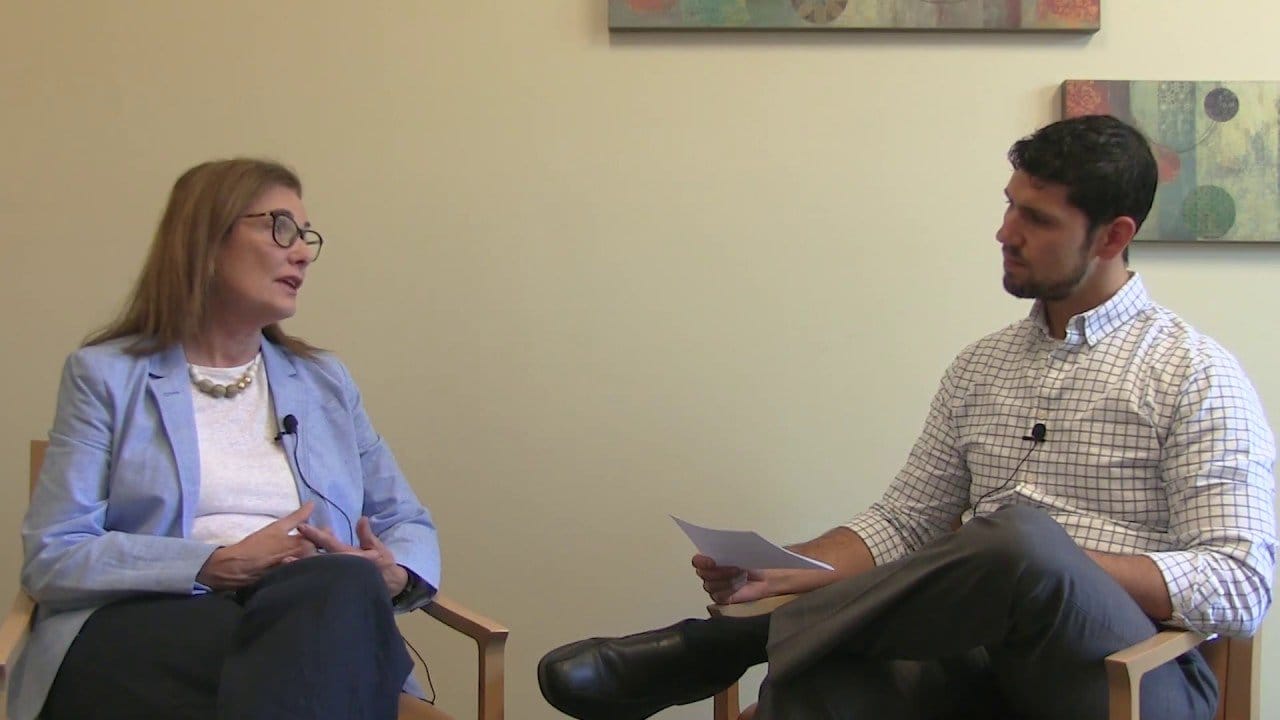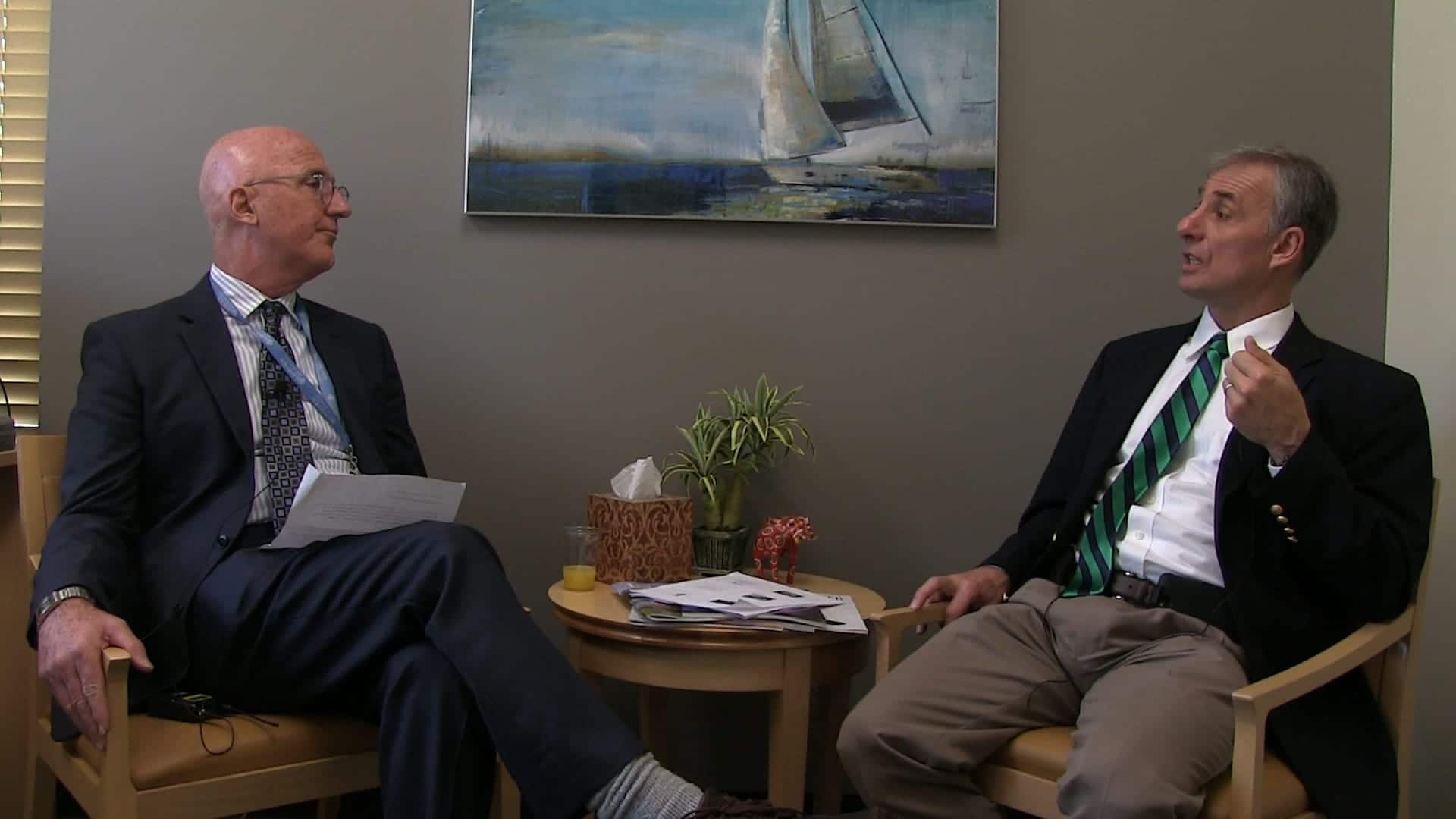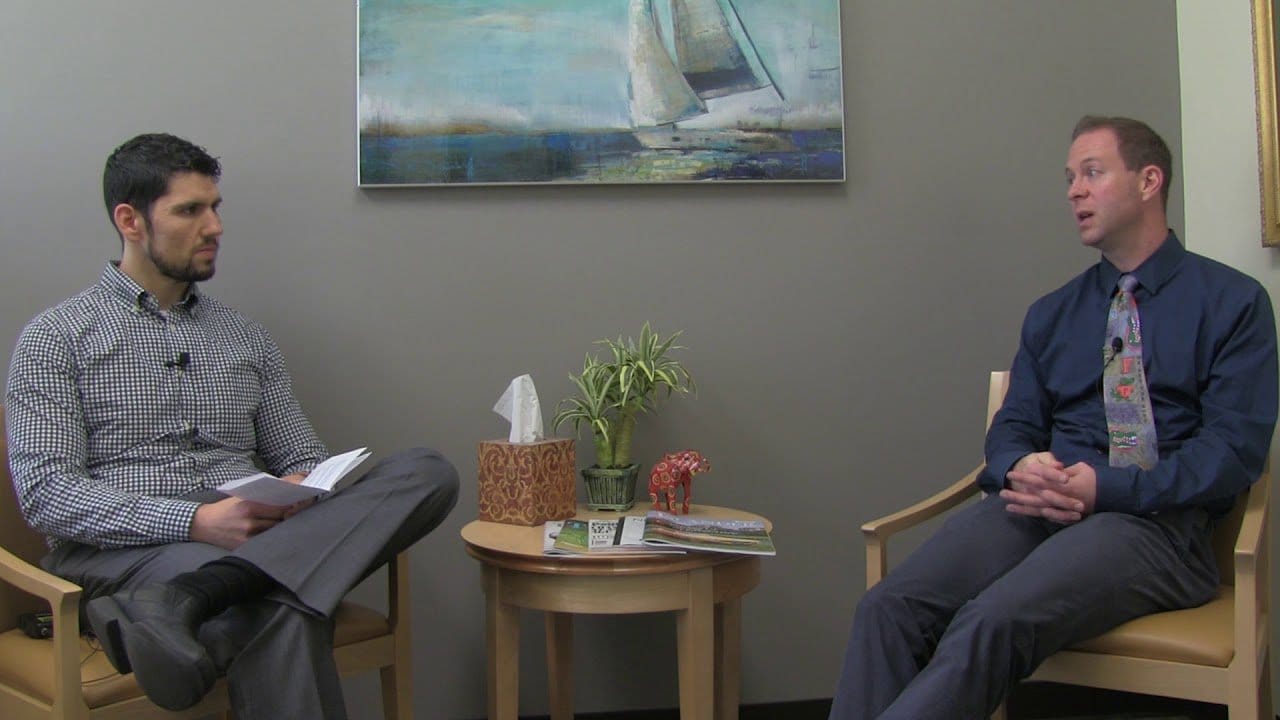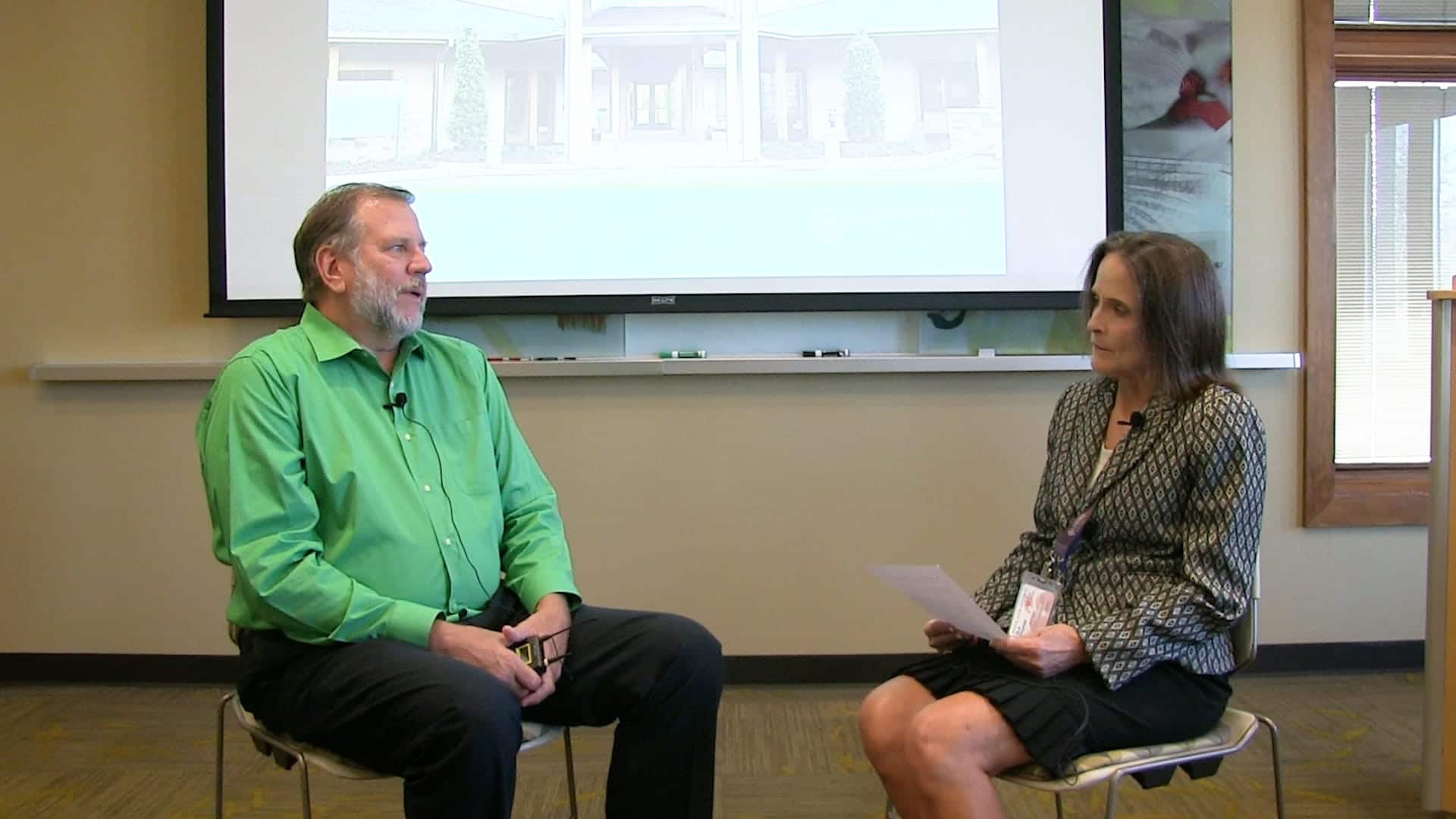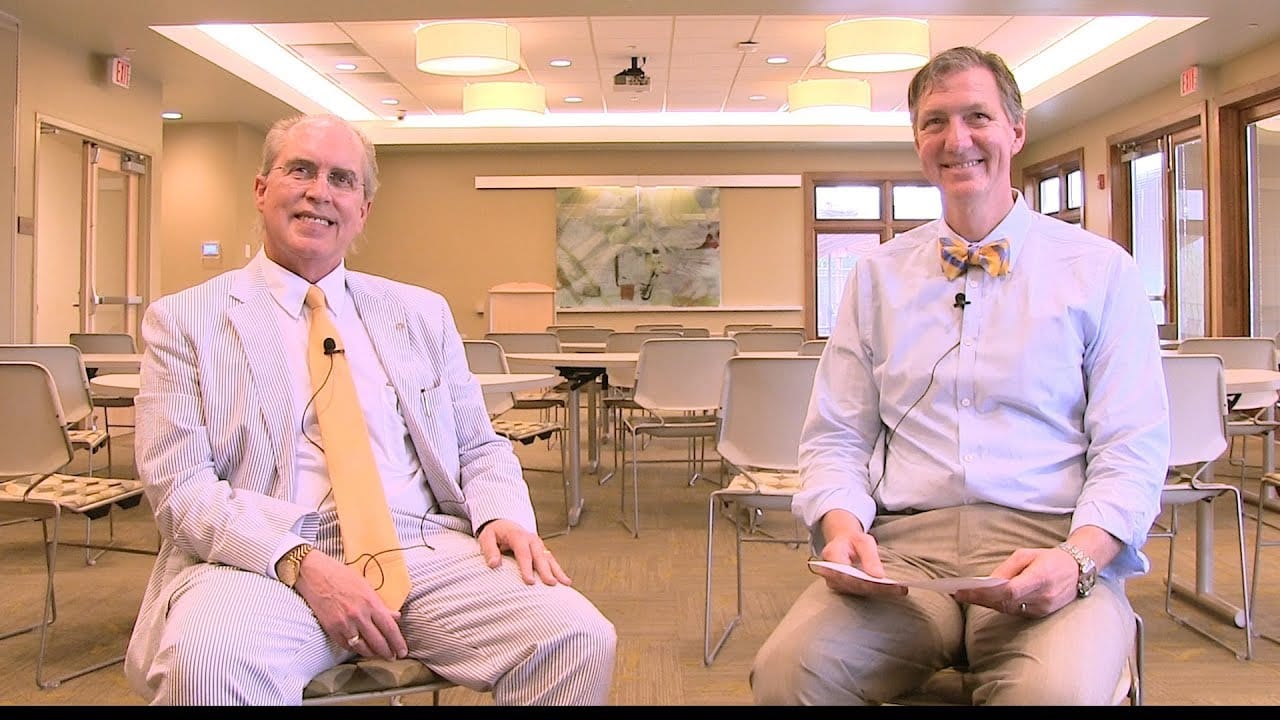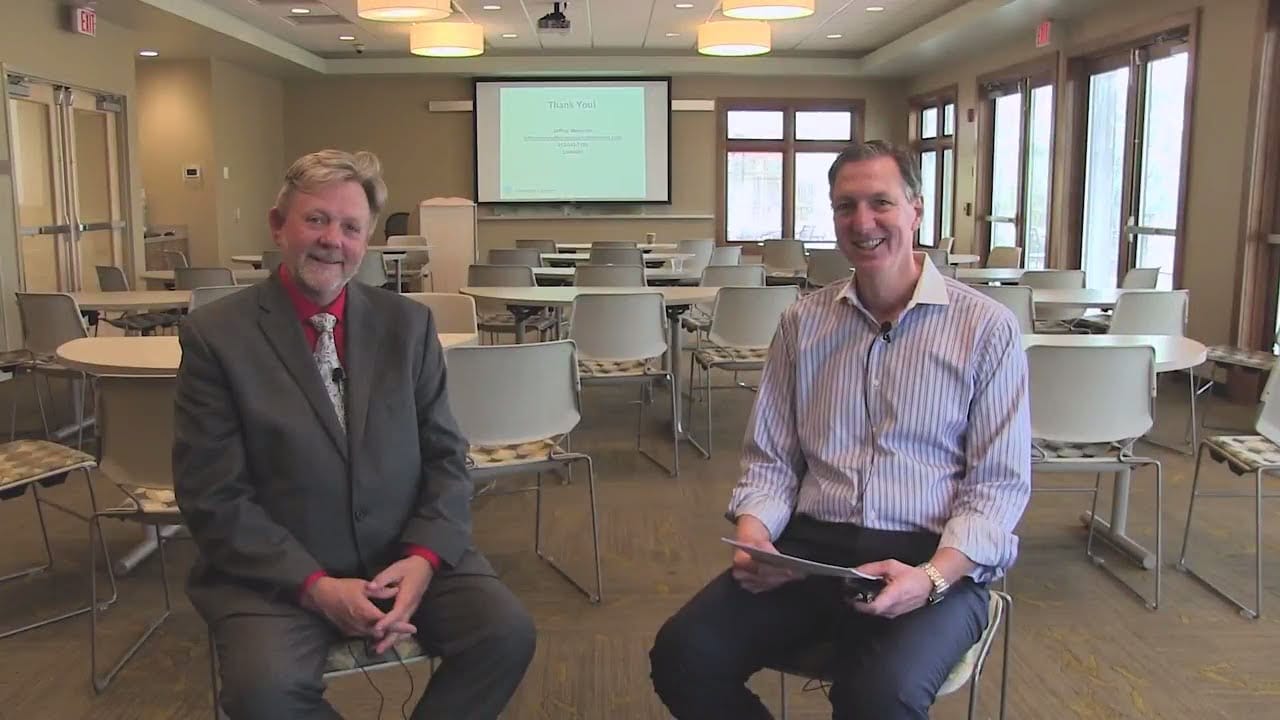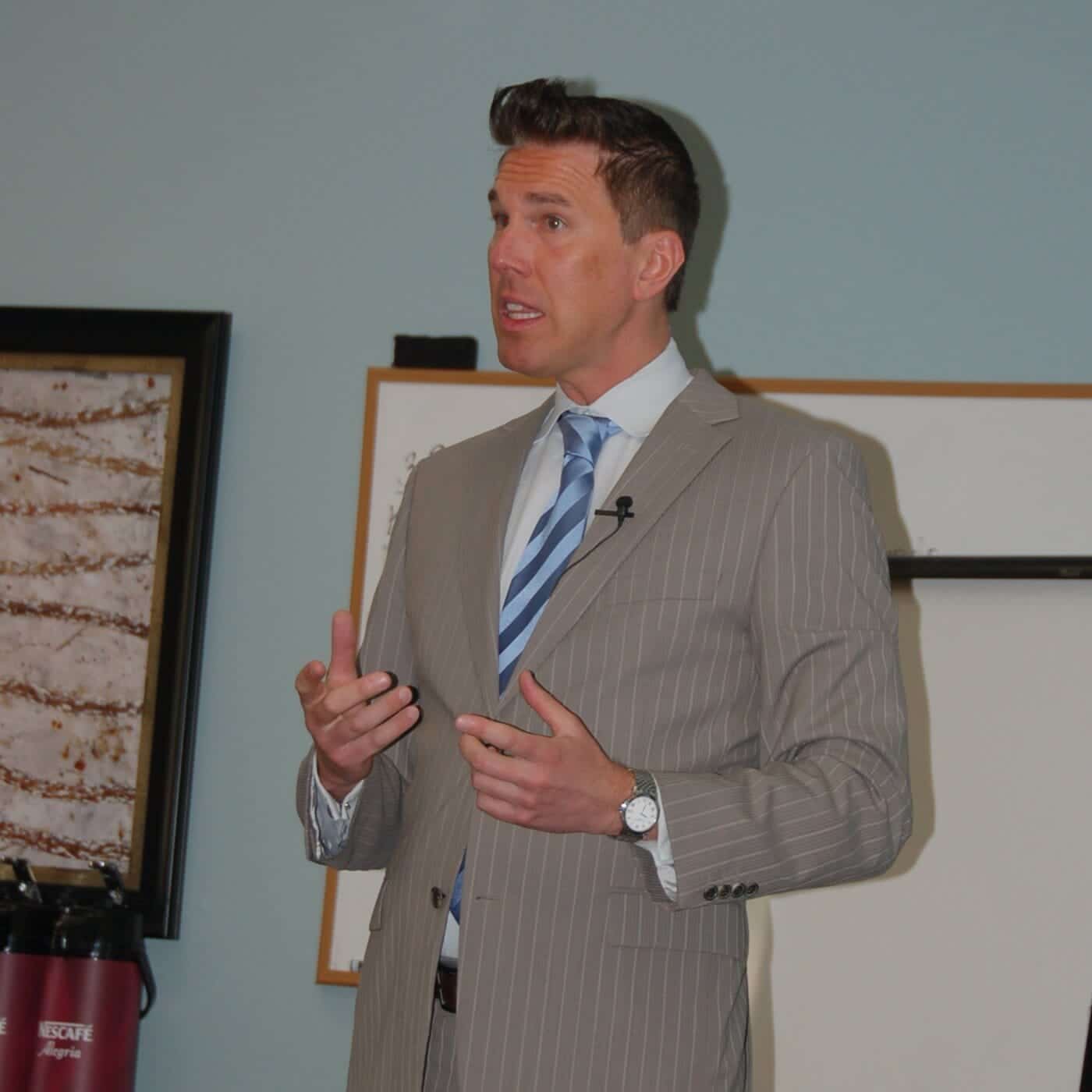

By: Lakeview Health
Dr. Ray Kotwicki is the chief medical officer for Skyland Trail and spoke at the Lakeview Professional Lecture Series. In this podcast, he shares a bit about suicidal and parasuicidal behaviors, the differences between the two, and how substance abuse treatment can be protective against suicide.
Podcast Transcript
Gina Thorne: Hi, this is Gina Thorne with Lakeview Health, and thank you again for joining us for the Lakeview Health podcast series. I’m here today with Dr. Ray Kotwicki, the chief medical officer for Skyland Trail. Welcome! Ray Kotwicki: Thank you, Gina. It’s great to be here. Gina: We’re really excited to have you here today. You’ve been able to spend some time with us on campus, particularly talking about suicide and parasuicidal behaviors for our lecture series. Before we talk a little bit about that topic, can you tell us a little bit about your background and how you got into the field of mental health? Ray: Yeah, I grew up in Wisconsin and spent time at the University of Wisconsin in Madison, where I graduated from medical school. At that time, I thought I wanted to be a ‘real’ doctor, so I went into internal medicine. My mother keeps saying ‘you’re smart enough to be a real family doctor, you don’t have to do something like psychiatry.’ So I did internal medicine for a couple of years in Boston before I defected and went into psychiatry. I finished my residency training at Emory, where I also earned a master’s in public health and health policy and administration, and then, before I came to my current post at Skyland Trail, I was the director of the homeless mental health services at Grady Hospital, which is Atlanta’s safety net hospital. I’ve been at Skyland Trail now since January of 2007 and also directing medical student education at Emory University until February of this past year, when I transitioned to full-time work at Skyland Trail as their chief medical officer. Gina: Well, you obviously have a tremendous passion for the work you do. It’s very evident in your lecture today. We’re excited to hear more about some of the discussion points that you talked about with the workshop. For those folks that are fairly new to this concept of parasuicidal behaviors, can you describe the difference between, obviously suicidal behaviors and parasuicidal. I know it took you two and a half hours to do a full lecture and it could have been a whole day, but a sort of condensed version of what that would look like. Ray: Absolutely. It’s a really important distinction, I think, because how people respond to the behaviors is contingent on what the motivation is for each one. So, people who have suicidal behaviors actually want to die, they want to get out of a horrific situation. Oftentimes we describe people who are suicidal as having nihilistic tendencies. They can’t imagine what tomorrow will look like, let alone next week or next year or 10 years down the road. The intent for suicidal behavior is to end one’s life. And that’s starkly different than the intentions behind parasuicidal behaviors. A synonym for parasuicidal behavior is instrumental suicidal behavior. And in situations where people are acting from a parasuicidal behavior, they’re using either the threat of suicide or suicide-like behaviors that we call self-injurious behaviors as a way to have an instrument to do something else. So, oftentimes people who are parasuicidal are looking for attention. They might be looking for a way to communicate that they’re in crisis, or that they need something and up until a point where they start doing good psychotherapy, they might not have the verbal words or the competencies to be able to express those desires or needs through other ways, like talking about it. So they act out those kinds of behaviors. The hard part is that parasuicidal behaviors like cutting one’s arms or putting out cigarettes on somebody’s body somewhere intentionally could look like suicidal behaviors and ultimately they can result in death if somebody goes too far. Gina: And it’s interesting in your lecture today, you did talk about the differences in addressing both the suicidal and the parasuicidal are starkly different and some even perceive that the parasuicidal would even seem mean, in a way, and that-for those folks that are interested in hearing more, we will have your slides available and if they want to reach out to you, they’ll be able to do that as well, but. I’d also like to ask you to talk for a second about what are some of the risk and protective factors that are associated with suicide? Ray: Yeah. The biggest risk factors for suicide are not having a support system. I mean, I think that if we reframe mental health from a more ecologic perspective, where it’s my responsibility and your responsibility and everybody else’s responsibility to help bolster communities and help people feel like they have support, that would be a really nice change in the mental health and substance misuse treatment fields. So not having the social support systems is a huge one. Having ready access to means. We know that in America firearms are the biggest way that people who have either suicidal or parasuicidal behavior can die because they’re very lethal. In other countries, it’s not guns, but might be things like fertilizer in China because that’s readily accessible and it’s lethal if you ingest it. So having limited access to means when somebody might be impulsive and do something that they would later on regret is a huge risk factor. Also, being intoxicated is a risk factor and anything that kind of decreases one’s ability to think cognitively through acting it out would be something that would mitigate the risk of a suicide gesture. The protective factors are sort of the opposites of those things. Having people who count on you, having a partner and children and a community that will support you is an important protective factor. Getting treatment for mental health problems and substance misuse disorders can be one of the most important things in helping protect somebody who might make an impulsive decision or do something that puts their health and well-being at risk. And then making sure that we have all the other, you know, resources that are available when people are in crisis. Not glamorizing other suicides is a protective thing, so we don’t start having cluster suicides. We talk about supporting one another and the role of treatment in the rest of our lives is a really important protective factor as well. Gina: Some of this seems very basic and mainstream for folks, but obviously, application is a big part of that, too, isn’t it? Ray: It’s huge. It requires resources and sort of a different perspective than only looking at symptoms. You have to really look at an individual from beginning to end. Gina: So tell me a little bit about Skyland Trail for those that are hearing this for the first time. Ray: Skyland Trail is a residential and partial hospital and intensive outpatient psychiatric treatment facility. We have what I think is a very innovative model. We’ve kind of picked and chosen from the best parts of lots of different models. So we do traditional psychiatric treatment with medications and we do psychotherapy and we really have a recovery philosophy, which supposes that those appropriate treatments, people not only can manage their symptoms, but they can recover, they can get better, just like if they had, you know, some other medical problem that they were working on. We focus on quality of living, we focus on socialization, we focus on functionality and relationships. We’ve developed what we call a recovery community model, which is where we ask people who have similar diagnoses to one another to support one another as they go through therapy. Every staff person who is involved in each one of the tracks is trained and an expert in a certain kind of psychotherapy. So, for example, if you have major depression or anxiety, we’ll ask for you to join our cognitive behavioral therapy track, and all of the staff people you’ll work with, from the horticulture therapy program to the recreational therapy program to our music therapy or the psychiatrists and therapists themselves, they’ll have you do CBT. So if you’re working on your cognitive-behavioral therapy skills and you get hurt playing in volleyball in the gym, the people who are there to support you will be able to say ‘well, why don’t you use your cognitive behavioral therapy skill of reframing right now so that you can get back and play the game?’ And we find that that kind of consistent reinforcement in all sorts of different environments and situations produces really quite good results. Our clinical outcomes are on our website. We just started doing post-discharge assessments, so we follow people up to two years after they have graduated from services. And what we see is that the benefits people have developed while they’re in services at Skyland Trail are sustained, but on top of that, there’s a momentum that helps people continue to launch into really good things in their lives that aren’t directly related to the mental health and substance use treatment they received at Skyland Trail. Gina: I think that’s fantastic to have such a proactive approach and to be able to say that people can recover and that it’s treatable. And those are things, obviously, for folks that are listening, oftentimes don’t get to hear that. So that’s wonderful. Ray: Thank you. I think that hope is in rare supply and I think if there’s anything that people can hang their hat on, I think it really helps from a treatment perspective, but it makes it so much more fun and positive to help people get better to re-enter the community. Gina: I totally agree. So, if someone wanted to get in touch with Skyland Trail, how would they reach out to you? Ray: We have the admissions staff who are available every day and they are the people who can kind of coordinate the process. Our admissions counselors can do an assessment even over the phone to see if we feel like we would be the best place for somebody to go, and they can also talk about the economic side of things, which I don’t get into very deliberately. So the whole thing can happen initially by calling our admissions number, which is (404) 315-8333. And our website is www.skylandtrail.org and all the information about what to expect and frequently asked questions and the description of the treatment model as well as practical things are posted on the web. Gina: That’s fantastic. Well, again, thank you for spending time with us here in Jacksonville. We look forward to working with you in the future. For those of you that are listening here today, please be sure to visit Lakeview Health at lakeviewhealth.multiplica.dev. Thank you.
